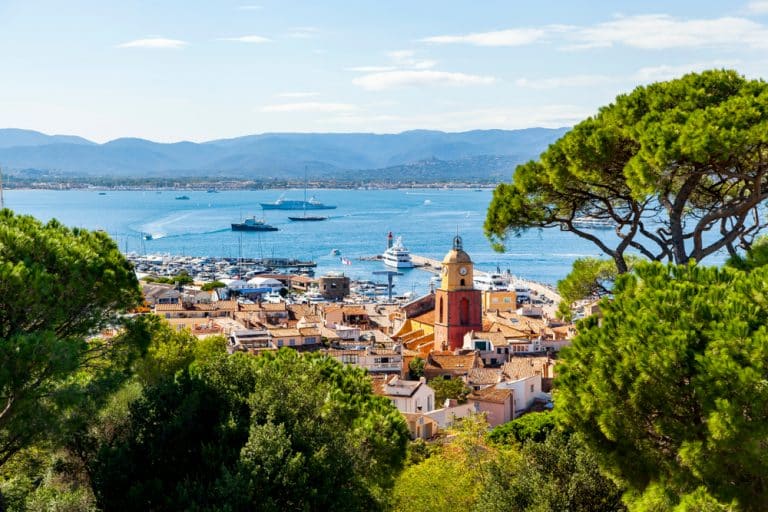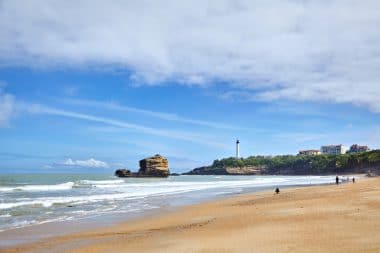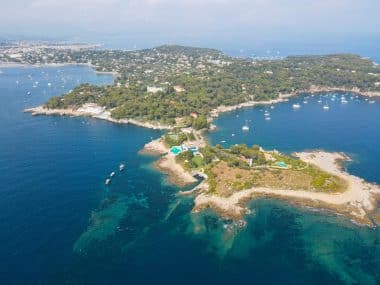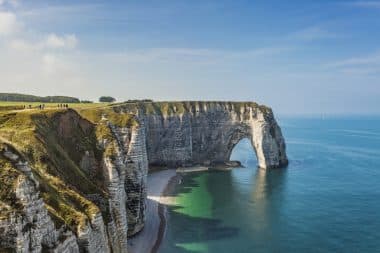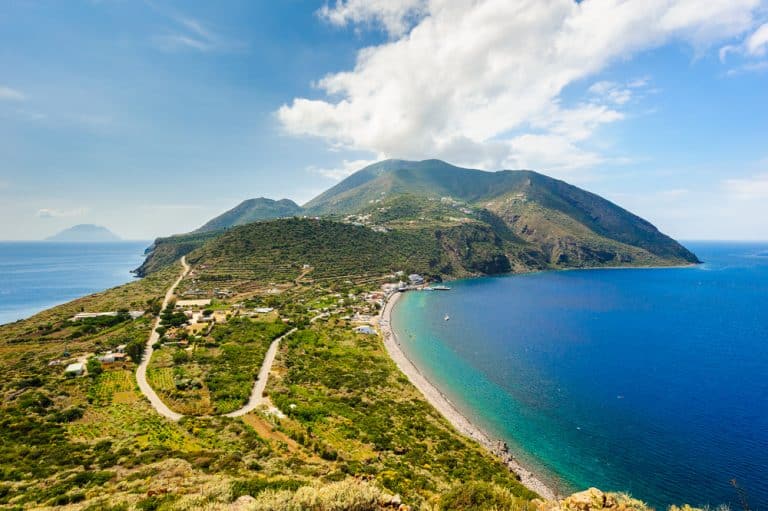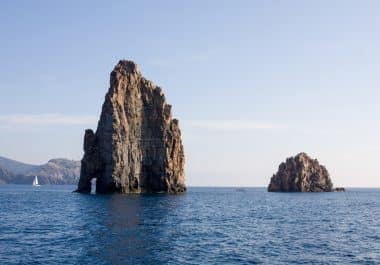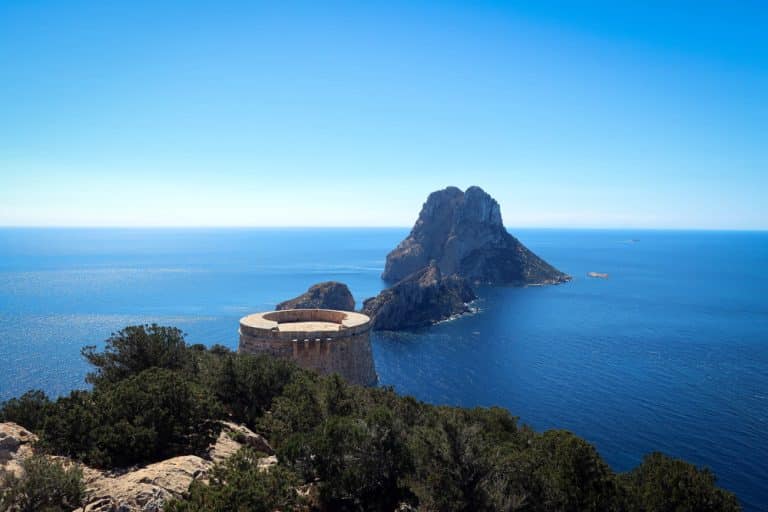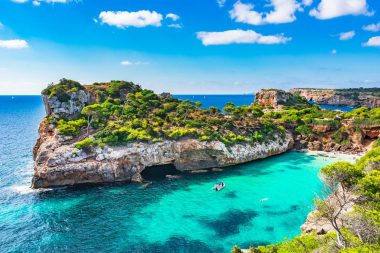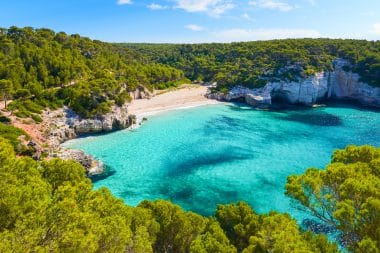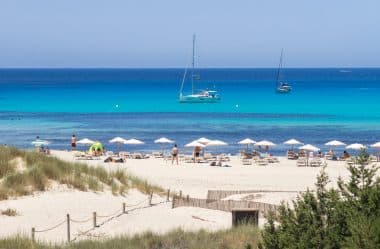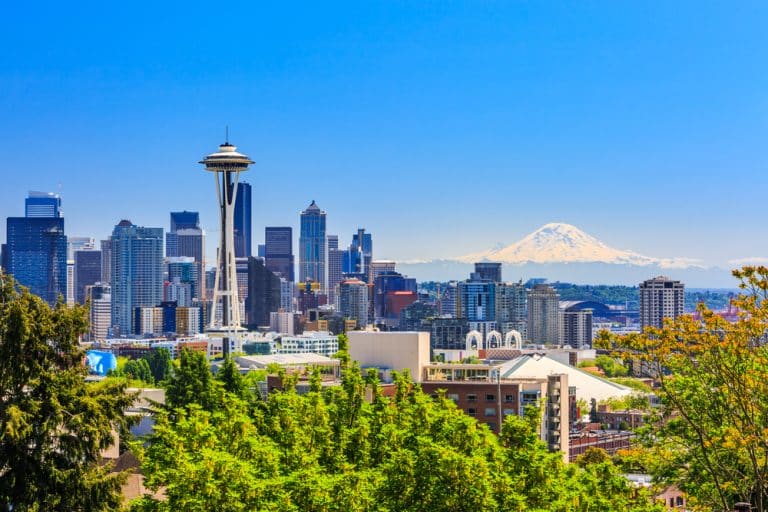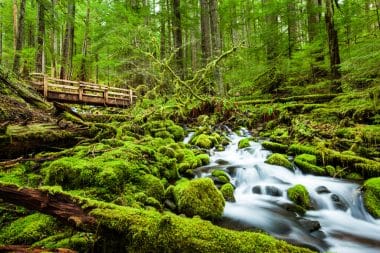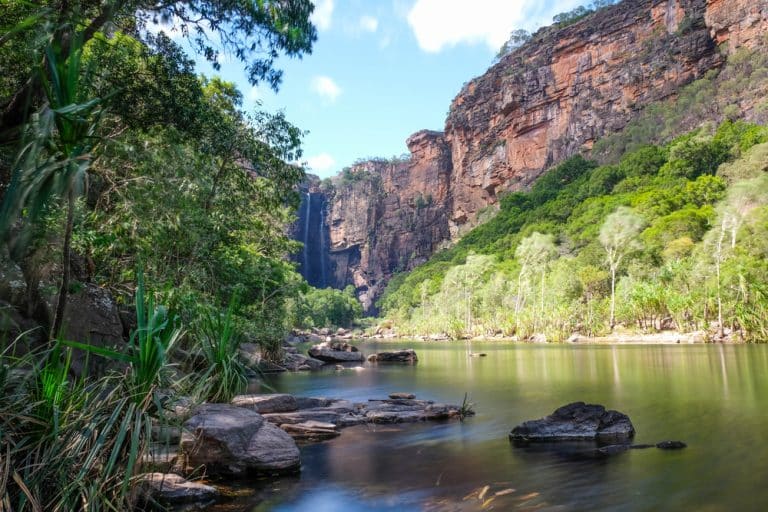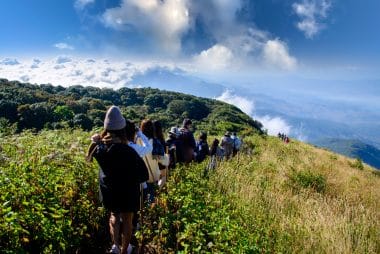Golden beaches, historic sites and world-class golf courses… Holidays in Belek are a real crowd puller. This upscale resort may still be quite new, but that hasn’t stopped it from making a name for itself on the Turkish Riviera. Famous for its 5-star hotels and 10 miles of sandy beach, Belek is the king of flies and flop vacations – think long afternoons soaking up the sun and sipping fruity cocktails. Fancy a bit of adventure? No problem! There are a lot of adrenaline-pumping activities you can throw yourself into.
Climb the Mountain of the Gods!
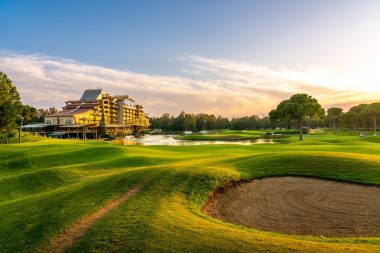
Lace up your hiking boots and apply sunscreen to climb Mount Olympos – the view from up here is amazing! Or make your way to Köprülü Canyon for an unforgettable whitewater rafting experience. Oh, and did someone say roller coaster? The Land of Legends Theme Park is the ultimate place for thrills – just don’t forget your swimming trunks, there might be a splash or two!
Belek – a paradise for golf lovers
But it’s not just the rides and rapids that make a holiday in Belek so exciting. For the golf lovers out there, this resort is a little slice of heaven. With 11 clubs – and six championship courses – there’s plenty of opportunity to practice your swing. And if you’re more into sightseeing, there’s also plenty to explore in Belek. Play archaeologist as you wander through ancient ruins, or channel your inner photographer with a snap-pleasing excursion to the spectacular Kurşunlu Waterfall.
Theme Park – Land of Legends
Near Belek, a little away from the coast, there is a huge entertainment center called the Land of Legends. Upon entering the complex, one feels transported to the world of fairy tales, and this concept continues throughout the complex. It is not for nothing that the facility is called the Disneyland of Antalya. The massive water park offers a total of 55 water slides and an adventure park attraction with every imaginable ride, including gondola rides on the canal, popcorn and donut stands, and fairy tale characters everywhere you look.
This is a true paradise for children. Particularly noteworthy are the nightly laser and light shows and the impressive shopping mall with more than 100 shops. These activities attract millions of tourists annually and have been the most popular activity among tourists since it opened.
Stay at a beach resort
The Turkish Riviera offers more than 630 kilometers of coastline. With so much to choose from, it’s often hard to choose a beach. Konyaaltı Beach is set against the backdrop of the imposing Taurus Mountains, Mermerli Beach – a rocky sandy beach – is located right on the harbor and can be reached via the stairs of a restaurant, and Marmara Beach is only accessible by elevator. Families will appreciate Cleopatra Beach near Alanya , while the 18 km Patara Beach near Kaş is known for its white sand.
Lara Beach impresses with its close proximity to the Düden Waterfalls, which fall directly into the sea, while Olympos Beach convinces with its proximity to nature and wildlife. Here you can spend the night in a tree house and watch sea turtles. The small town of Kalkan is surrounded by high rocks and has the charming appearance of a fishing village.
Ancient Aspendos Theatre
About 40 km east of Antalya is Aspendos, famous for its Roman theatre dating back to the 2nd century AD. It is considered one of the best-preserved theaters in the world and is still used as a venue during the summer months. Every year in June, the International Opera and Ballet Festival takes place here. In addition, the famous show “Fire of Anatolia” is performed in the theater of Aspendos. Attending a performance in the old theatre is certainly an unforgettable experience. Definitely a very popular place to visit in Belek.
Day trip to Antalya
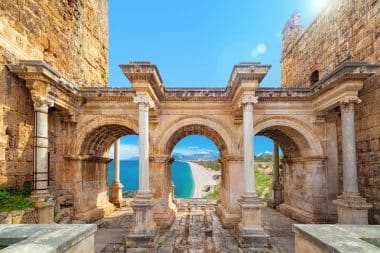
A day visit to Antalya, which is only 32 kilometers from Belek, offers a good opportunity to escape from everyday life in the beach hotel. Explore the city starting from the old town of Kaleiçi, the historic center. Hadrian’s Gate in Antalya, Hıdırlık Tower, Yivli Minare Mosque, Kesik Minaret and Kaleiçi with its narrow alleys, historic houses and old marina cover an area of about 1 km in diameter. It’s easy to explore everything on foot.
Don’t miss the Düden Waterfalls (Lower Düden Waterfall and Upper Düden Waterfall), and if you have the time and desire, visit the Antalya Aquarium afterwards. Here you can see around 5,000 fish and underwater creatures in a total of 64 tanks and 40 themed aquariums. Particularly impressive is the world’s largest tunnel aquarium – a 131 m long and 3 m wide tunnel that runs under the tanks and gives you the feeling of swimming with sharks…
Visit the Manavgat Bazaar
Every day there is a market in Manavgat. The open-air market in the small regional town, 75 km east of Antalya, is one of the largest in the entire region. The covered bazaar in the city center is held daily. You’ll find jewelry, leather, souvenirs, hand-woven rugs, clothing, spices, and more. An additional market is held every Monday and Thursday in the side streets, which is divided into two areas. One mainly sells textiles and clothing.
Here you will find many well-known brand imitations that may not be imported into Germany . In the other part, the farmers sell their local products – here it is mainly about fruit and vegetables.
A holiday in Belek has a lot to offer. So if you’re torn between a luxurious beach vacation and an action-packed escape, you don’t have to choose! Sunbathing, mountaineering and roller coaster rides can be done here in one day.


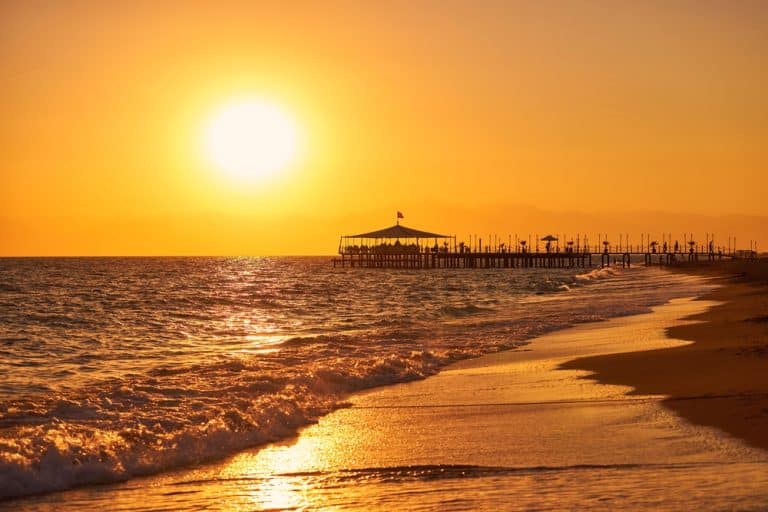
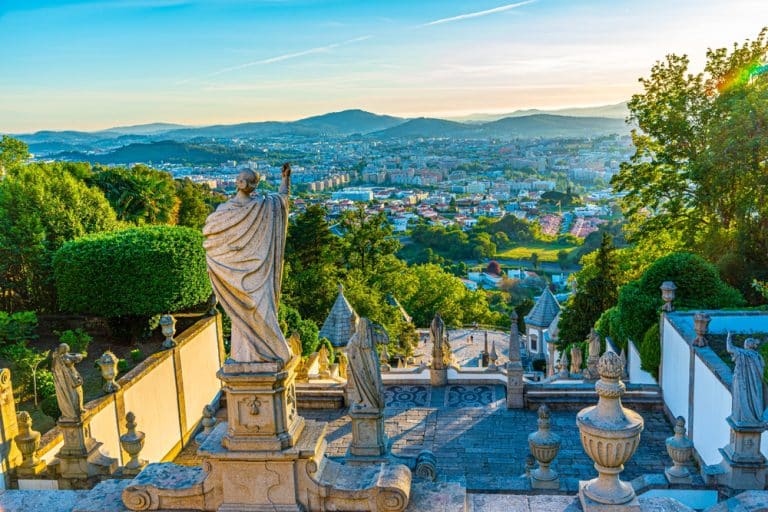
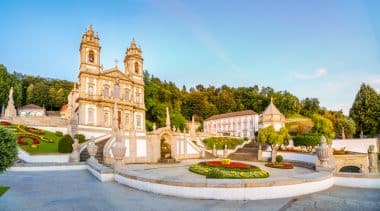
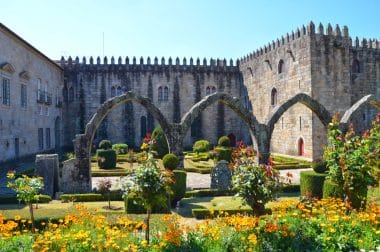
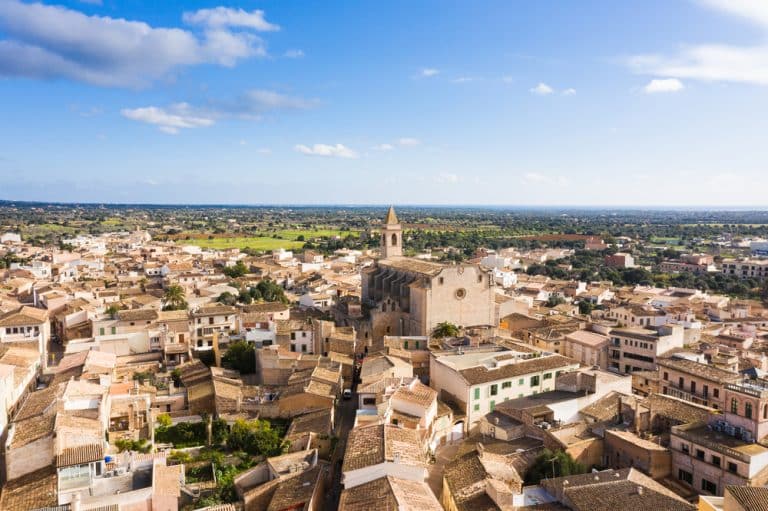
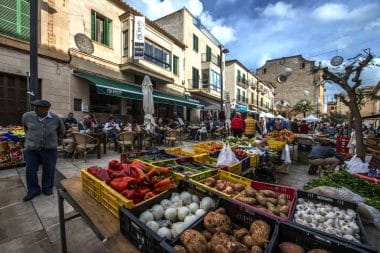
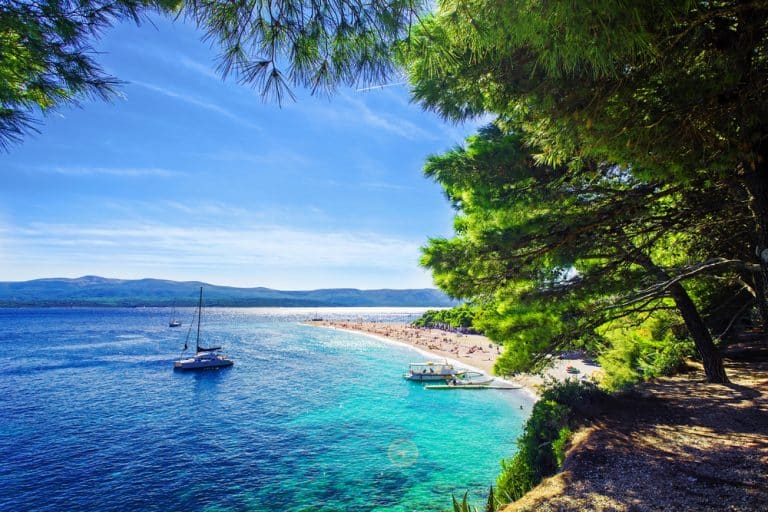
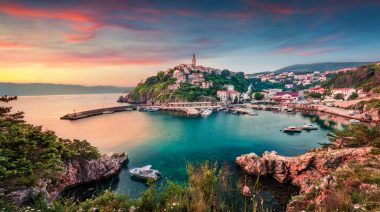

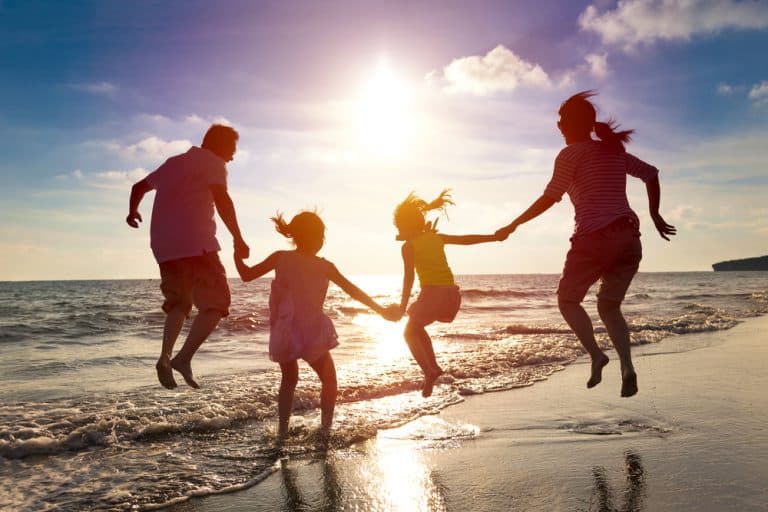
 The danger is not always visible to travelers. There are often several weeks between infection and the first symptoms, so that the possible route of infection can no longer be reconstructed. If the disease breaks out, it can lead to non-specific gastrointestinal symptoms and a general feeling of illness. Current hepatitis A outbreaks underline the importance of vaccination. In 2018, 39 travel returnees were infected in
The danger is not always visible to travelers. There are often several weeks between infection and the first symptoms, so that the possible route of infection can no longer be reconstructed. If the disease breaks out, it can lead to non-specific gastrointestinal symptoms and a general feeling of illness. Current hepatitis A outbreaks underline the importance of vaccination. In 2018, 39 travel returnees were infected in 